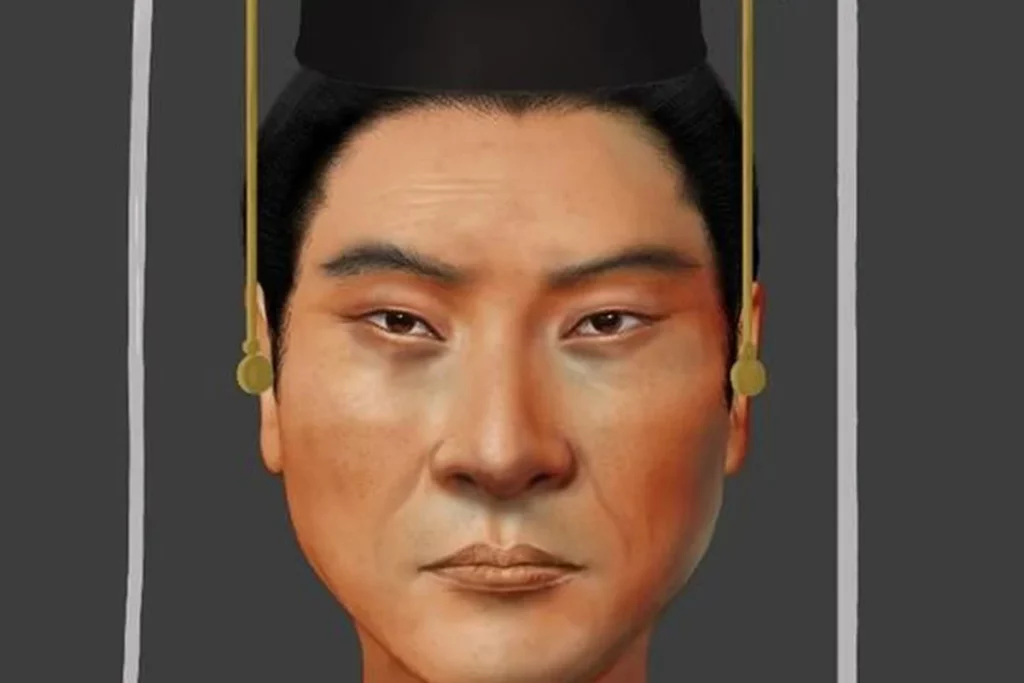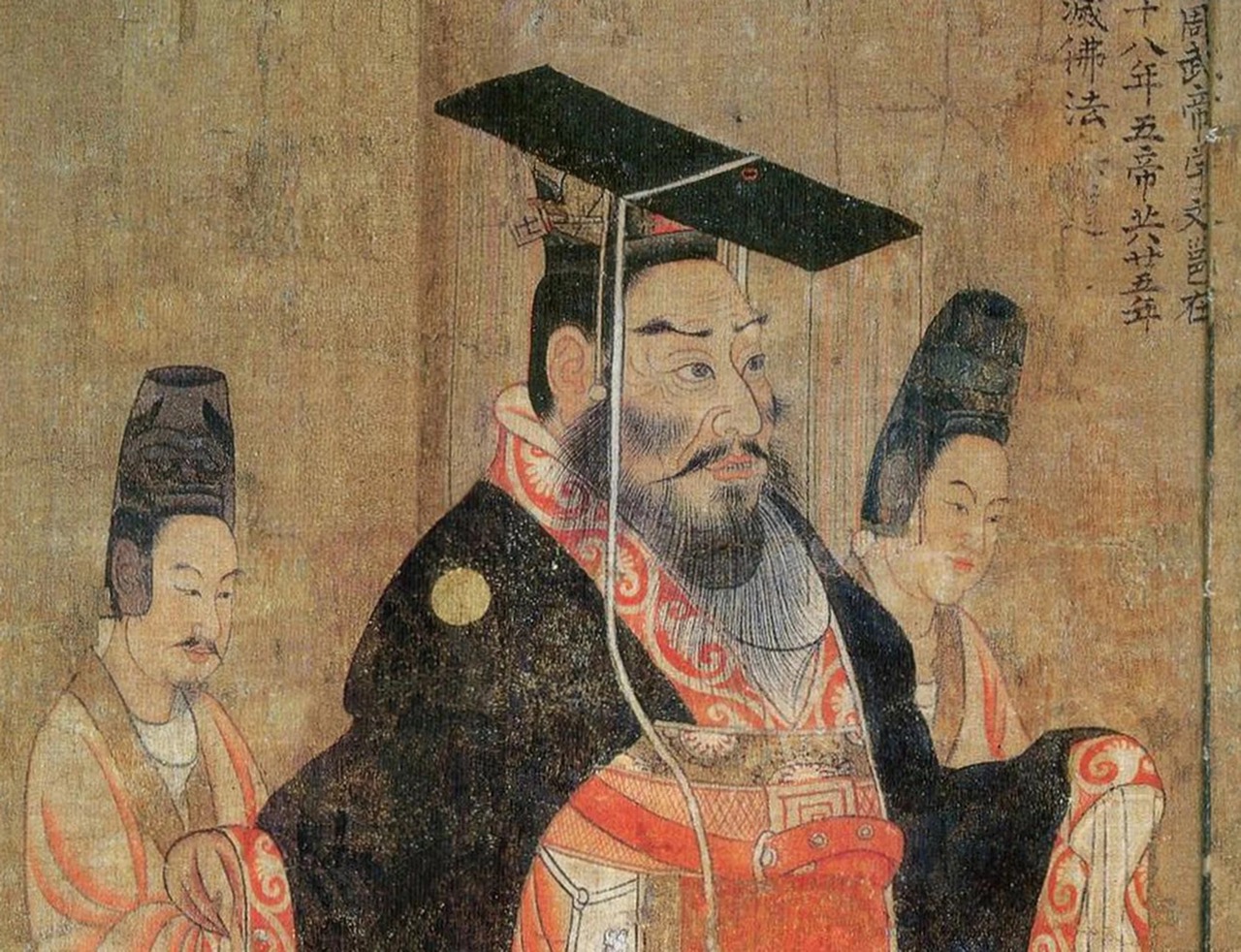Chinese archaeologists have peered through the mists of time, utilizing a groundbreaking DNA analysis technique to reconstruct the face of Emperor Wu of the Northern Zhou dynasty. This emperor, who ruled until his untimely death in 578 AD at the young age of 36, has long been shrouded in mystery, particularly regarding the cause of his demise.
Prior theories, fueled by historical texts, centered on the possibility of poisoning, either accidental or malicious. Chemical analysis of the emperor’s bones in 1996 revealed elevated levels of arsenic, lending credence to this notion. Additionally, his femur exhibited signs of necrosis, a potential consequence of poisoning.
However, a recent study published in Current Biology by a team led by Fudan University researchers sheds new light on this historical whodunit. Employing a novel DNA analysis technique, the team suggests Emperor Wu may have been predisposed to stroke. This theory aligns with historical accounts from the Book of Zhou, an official dynastic history, which documented symptoms such as drooping eyelids, blindness, and gait abnormalities – all potential indicators of a stroke event.
The new technique goes beyond traditional forensic reconstruction methods, which rely solely on facial bone scans to build a likeness. By combining this approach with DNA analysis, researchers can now determine not only facial structure but also genetic features like skin and eye color.
Reconstructing both the physical appearance and cause of death for Emperor Wu held immense significance for historians, archaeologists, and anthropologists. His pivotal role in unifying northern China during a period of fractured imperial rule made him a figure of enduring fascination.

Initial attempts to glean genetic information from Emperor Wu’s bones using traditional methods proved insufficient. The researchers, after six years of meticulous work, were only able to extract 100,000 genetic loci, insufficient for facial reconstruction or a comprehensive medical risk profile.
The challenge stemmed from the highly degraded nature of the DNA samples obtained from the emperor’s limb bones. Professor Wen Shaoqing, a Fudan University archaeology professor, acknowledged the difficulty of “decoding his genome” due to this degradation.
To overcome this hurdle, Professor Wen’s team devised a new solution specifically tailored for analyzing highly degraded samples. This solution involved capturing short DNA fragments and utilizing probes designed specifically for ancient DNA.
The new technique yielded remarkable results. From a mere 50 milligrams of the emperor’s ground-up bone fragments, researchers were able to extract a staggering 1 million usable genetic loci, a tenfold improvement over previous attempts.
This newfound genetic information allowed the team to determine that Emperor Wu likely possessed a typical East or Northeast Asian appearance, characterized by dark hair, brown eyes, and an intermediate to dark skin tone. Additionally, the analysis suggested a heightened susceptibility to diseases such as stroke, gout, and leukemia.
Professor Wen emphasized the significant contribution this analysis offers to historical discourse. By analyzing the emperor’s bones, researchers can now engage with historical records in a more nuanced manner to determine the cause of Emperor Wu’s death.
The Northern Zhou dynasty, founded by the nomadic Xianbei people in a period of fragmented Chinese rule, governed a vast territory encompassing the region from modern-day northern China to the far south. The study revealed that Emperor Wu’s ancestry was approximately 60% Xianbei, while the remaining 40% mirrored the genetic makeup of communities residing along the Yellow River, suggesting Han Chinese ancestry as well.
Professor Wen expressed optimism that this innovative technique could pave the way for more detailed investigations of other ancient skeletal remains. He believes it holds the potential to unlock answers in “more major, high-profile and difficult cases” .
Looking forward, Professor Wen’s team aspires to analyze a broader range of samples from diverse time periods and cultures. This ambitious endeavor aims to construct a comprehensive “genetic lineage tree” for all East Asian peoples, establish connections between modern and ancient populations, and ultimately, write the genetic “genealogy” of the Chinese nation.

